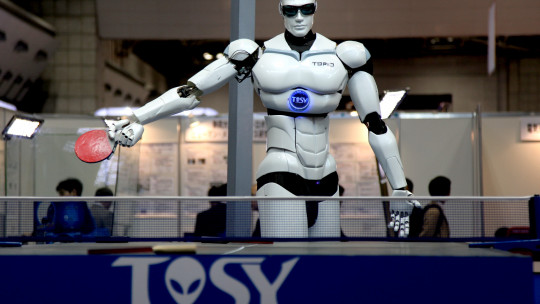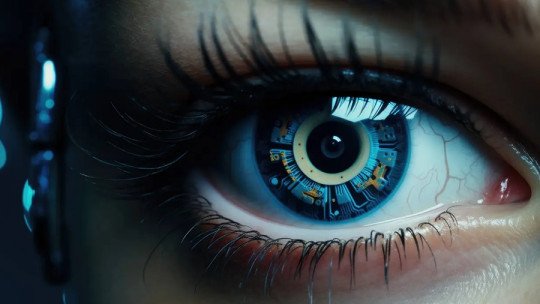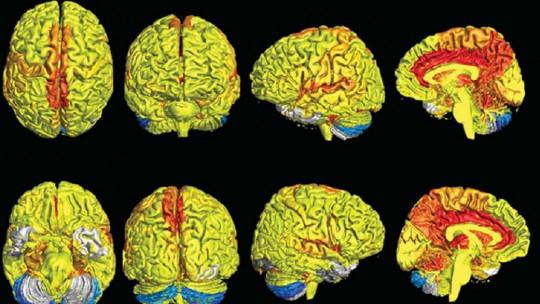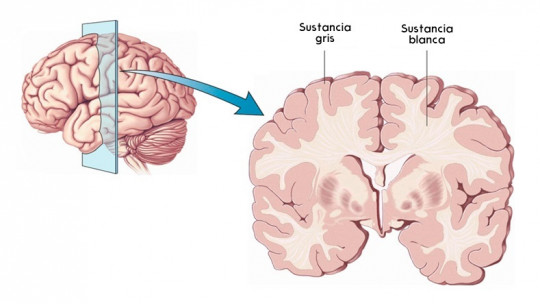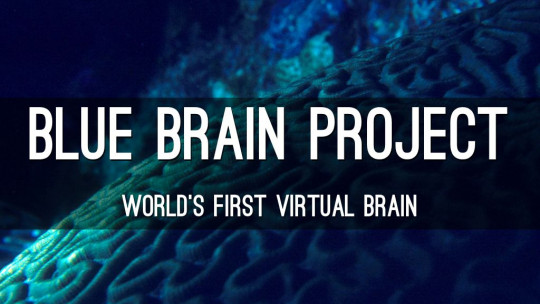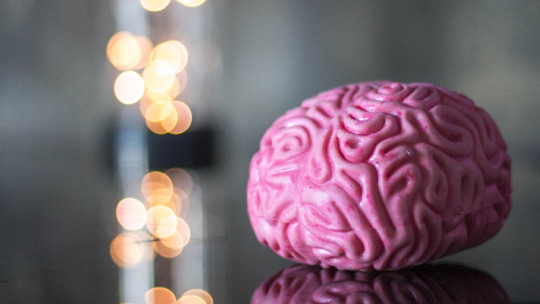Understanding how machines work may seem complicated to most of us. However, next to our brain a artificial intelligence system It looks like a six-piece puzzle.
Perhaps that is why we believe that to understand our way of thinking, perceiving and feeling it is useful to create an analogy between our nervous system and an intelligent machine: perhaps, we think, the latter could be used as a simplified model of what happens in our heads. We even believe that with the sophistication of new technologies we will be able to create forms of artificial intelligence that work in a similar way to us, simply by quantitatively improving the capacity of our computer systems.
Artificial intelligence vs human intelligence: why our brain is not a computer?
That day seems not yet near There are many differences that separate us from electronic brains, and they are not superficial issues, but structure. This is a list with the main differences between the artificial intelligence systems inherent to computers and the functioning of our brain.
1. Its architecture is different
A machine equipped with artificial intelligence has a series of data input and output ports that we can easily identify. This does not occur in our brain: each substructure of its globality can be both a receiver of data and a transmitter of information It is also not known in which direction the information travels, since endless branches and loops are a constant in the world of neurons.
2. Its operation is different
In any artificial intelligence structure, the channel through which the data travels can be differentiated (hardware) and the information itself. In a brain, however, the distinction between information and the material medium through which it travels does not exist. The data that is transmitted are in themselves material changes that determine the force of attraction that exists between neurons. If neuron A is more connected to neuron B than to C, the information is one, while if A becomes more connected to C, the information is another.
3. The data the brain works with cannot be stored
A consequence of not distinguishing between channel and information is that there are no large data stores in our heads either That’s why we never remember something the same way, there are always small variations. In fact, it has been proven that even people with a highly developed autobiographical memory can have false memories.
4. The importance of context
Our organic brains adapt like a glove to each situation , even though each of the situations we experience are unique. What’s more: in unpredictable contexts, different people are capable of reacting in the same way. This is something that we do not find in artificial intelligence systems, in which different stimuli lead to the same result only if those stimuli are previously determined: if A, then C; If B, then C. Human beings, with all our defects, are made to live in a chaotic context. Our brain is capable of interpreting all stimuli, even if they appear unexpectedly and are totally new.
5. Artificial Intelligence needs regularity
Artificial intelligence systems need to be set up in a very specific way to be able to execute orders and getting information from one place to another in the right way. Brains, on the other hand, are unique to each of us.
Next to the network of approximately 100,000,000,000 neurons that support our thinking, the fingerprints that serve to identify us in some contexts seem to all be the same. Plus, our brain is constantly changing, even while we sleep. The great virtue of our brain is that it can function well at all times despite being subject to constant unpredictable alterations: hence it has been defined as the most complex system that exists.
6. Its origin is different
Any artificial intelligence system has been built by one or more intentional agents : scientists, programmers, etc. Our brains, however, have been carved by evolution. This means that, while artificial intelligence is built on certain ways of encoding information following logical patterns and operations, our brain has to make do with a set of nerve cells that do things typical of nerve cells (pardon the redundancy). If a machine works based on instructions, the functioning of our brain is based on the set of interactions that occur between neurons.
7. We are more emotional than rational beings
This may be a hasty statement (after all, how do you measure the rational and the irrational?), but nevertheless, Yes, it can be said that logical and systematic thinking is reduced only to certain situations and moments in our daily lives While machines equipped with artificial intelligence can only work from arguments and premises, in our case it is normal to skip this step.
Notice, for example, everything you are doing now. Does the position in which you have sat respond to rational criteria, such as the need to keep your back in a position that does not damage it? Or have you at some point decided that over your health what matters is avoiding the effort of keeping your back upright? What’s more: have you ever considered this issue? The truth is that, although rational thinking and logic have appeared recently in our evolutionary history, our brain remains more or less the same as it has been for 200,000 years.

